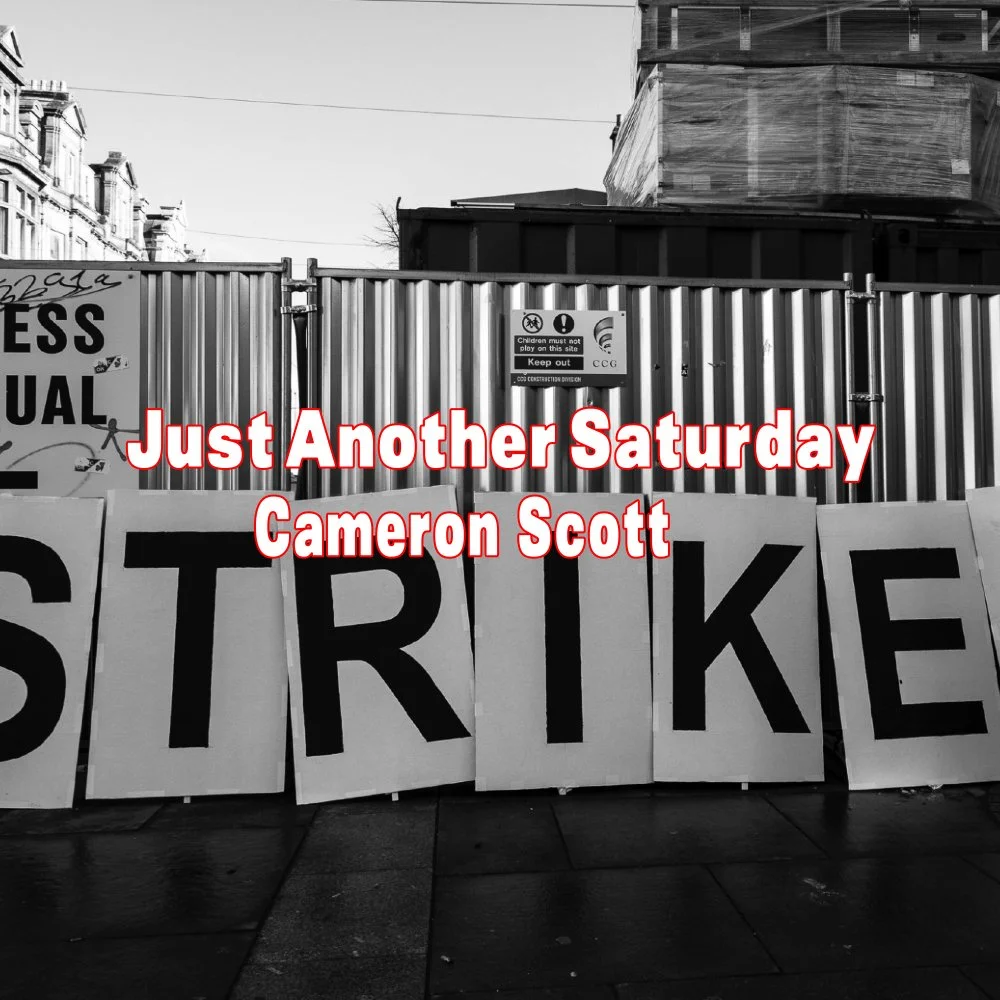Recording the life at hand through photography
A Year In Film - Conclusion
First - a recap. Over a year ago I decided to dust off my old film camera and try shooting film for a year. I had no idea what my objectives were, although I did imagine spending a lot of time trying different films and chemistry combinations. In hindsight this was a mistake, partly fuelled by watching too many Youtube videos. Like a lot of these consumerist videos, the end product – the actual image – takes a very weak second place to the processes that achieve it, be that cameras, lenses, chemistry or some post processing software, and don’t get me started on that unboxing nonsense. That’s not who I am, to me it’s the end result that is most important. Thankfully this analogue adventure only reaffirmed that.
One of the key learning experiences that I can take away from this return to analogue, and one that I never really expected, was an examination of digital photography.
We accept grain without question in analogue images, it is essential to definition. However, the advances in digital technology, both in camera and processing software mean that we can achieve higher resolution images with a forensic level of detail. But is that really necessary? How much is too much?
For years now I’ve liked to think that I’ve used a digital camera much like I would a film one. But this past year has confirmed the long-suspected fact that I was fooling myself. Although I don’t bother with most of the fancy features that digital menus offer, I do find the high frame rate and accurate auto focusing are a big advantage that I would not like to be without. My small Lumix cameras give me files that are good enough for A3 exhibition prints, provided I don’t screw up. So, to answer my earlier question, anything beyond this is, for me, too much.
I very often see digital images that to my eye are too clean, too perfect to the point of almost being clinical. That’s fine for commercial work, but where the subject is the candid documentation of life I often feel that such images have lost some feeling of authenticity, those imperfections that remind us that we are photographing life. I attempted to demonstrated this during the year when I made two images of a local petrol station in foggy conditions. The digital version, although a bit noisy, has more detail, but it’s the film version that actually captured the atmosphere that I sought. Both images are presented here, you can see which is which for yourself. I now have no doubt that there are situations and moods that are better portrayed in film, and to that end I now have a clear distinction between using film and digital. Digital is for the serious stuff, film for everything else. To that end the year in film has been a success, film is back on the agenda.
One of my last images of the year portrayed a winter sunrise over fields and hedgerows, taken near home on my morning walk. In digital, it’s exactly that, shown as a nice clean picture. However, it was the film version that really captured what I was trying to show. On the left we have the rising sun but there is no warmth, life is a battle for survival at this time of year. On the right we have a cold darkness that takes up nearly two thirds of the frame. This was early December, in the days ahead the sun on the left will get weaker and the darkness on the right will advance, much like the troubled times we currently live in and no doubt face as the next few years pass. But like the cyclic nature of all things, we know that the sun will eventually strengthen and once again bring life to the hedgerows and beyond. The darkness on the right will recede, but never fully go away. I wish you all peace and happiness.





















